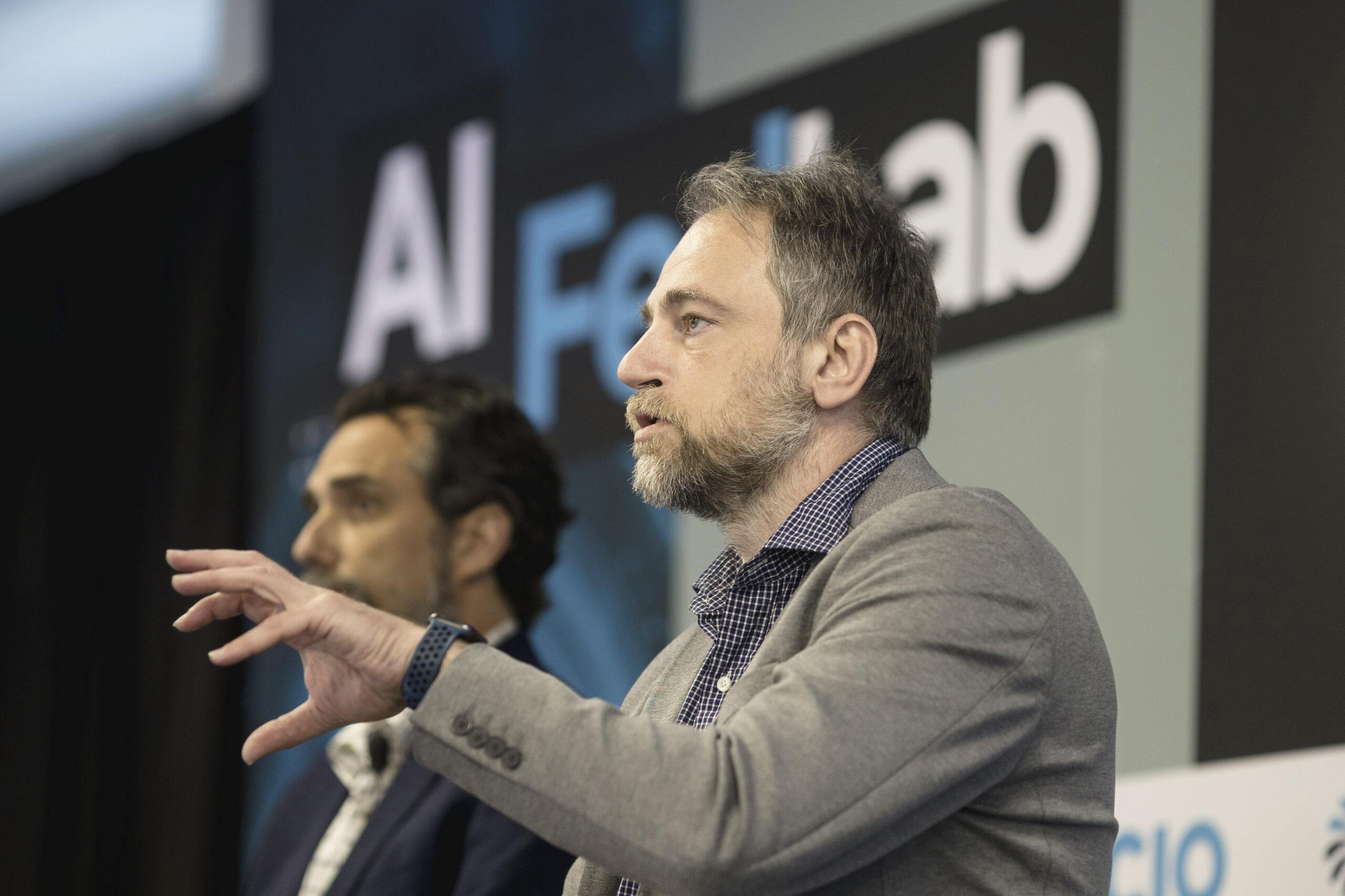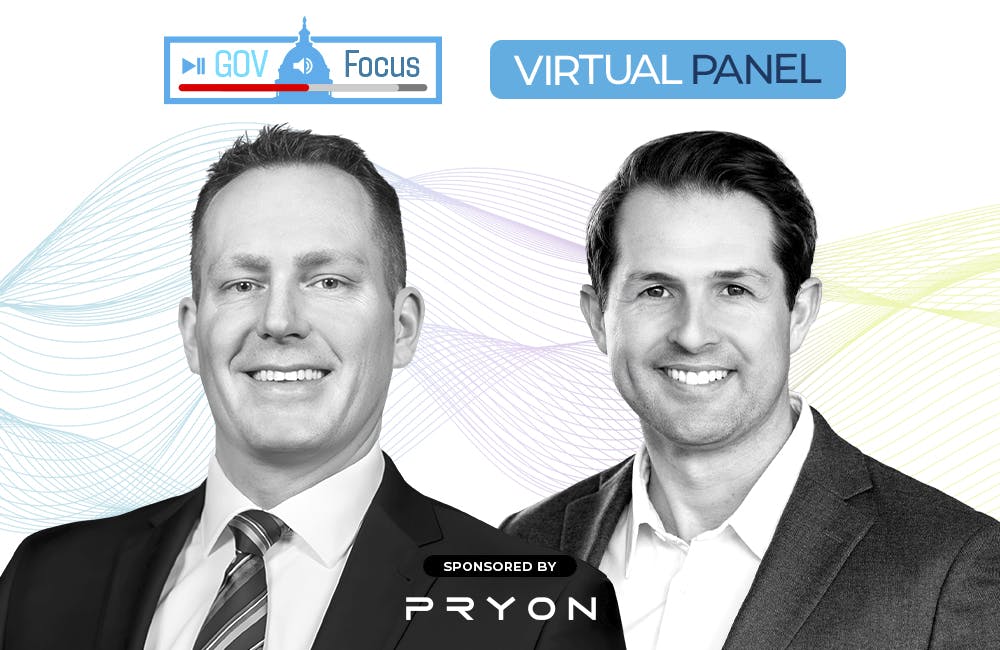DHA SDD Shifting Health IT Outlook for 2020
The division’s upcoming contracts are eyeing rationalization, optimization, cost reduction and optimization.

The Defense Health Agency’s engineering branch’s future health IT initiatives will focus on rationalization, optimization, cost reduction and modernization.
“ROCM,” as Solution Delivery Division Chief Col. Francisco Dominicci calls it, is a new perspective for the agency unveiled at the DHA Industry Day in San Antonio Nov. 21. Those four elements play different roles throughout SDD’s IT activities, but they ultimately fuel each other in a cyclical manner, he said.
Rationalization, he said, has led to realizing the efficiencies of creating a common electronic health record, which DHA has launched with MHS GENESIS. Similar to what the agency accomplished with MHS GENESIS, optimizing from a data perspective is key to SDD’s work.
As DHA continues to rationalize and optimize, cost reduction follows, Dominicci explained. This will allow the agency to consolidate contracts, leading to increased efficiency. Finally, DHA can realize its modernization efforts through efforts such as migrating to the cloud, whether on milCloud or other platforms.
“We need to be innovative, entrepreneurial, bold and risk tolerant,” Dominicci said. “In order to do this, SDD will have to adopt a mindset that will drive continuous rationalization, optimization, cost reduction and modernization.”
With the new foundation that Dominicci set for SDD, other leaders from the division presented some of DHA’s major and upcoming contracts in 2020 within that framework.
DHA Chief Technology Officer Nick Saund, for instance, presented a Platform-as a Service solution contract, which he said would help DHA centralize its currently disparate applications, and how it fits into the Dominicci’s ROCM vision.
DHA applications are currently isolated and difficult to run in a common environment, Saund said. Not only would moving toward platform as a service create commonality among DHA apps, but it would work in line with the ROCM strategy Dominicci outlined.
“Once again, it’s more cost effective. Once again, that component is reusable across the board for all of the consuming applications that are operating on our platform,” Saund said. “So in the spirit of ROCM, it actually gives you the ability to rationalize, optimize, save money, [and] modernize.”
Saund said that the single-platform approach DHA seeks in the contract upholds ROCM, as it would require the agency to modernize in a way so that DHA could form a solution once and continue to build off of its applications and solutions from there. With this strategy, the agency wouldn’t have to start from scratch in building and maintaining disparate applications, thereby allowing DHA to be agile, efficient, cost-cutting, and optimized, Saund added.
The agency is looking at software architectures that are microservices or service-oriented, are modular and can be easily replaced without replacing the entire model, Saund said.
The platform-as-a-service contract requirements point to the values ROCM sets for SDD, Saund said, and call for automated processes, which Saund said could help SDD build the platform once and continue to build on it — speeding up processes and delivery time.
Platform mobility and portability in terms of cloud-hosting environments is critical to the solution, Saund added. With the various cloud environments on which DHA runs, a multi-cloud management strategy will be key to platform as a service as it will make sure applications can easily move between cloud environments and have seamless services across them.
“As we know that our cloud-hosting environments changes — as leadership changes, direction changes — our cloud environments … will be focused in AWS or Azure, milCloud,” Saund said. “The point here is we need to be able to have portability across those clouds.”
Ultimately, ROCM and the significant IT initiatives DHA plans to take on in 2020 will require industry to focus on thinking “outside the box,” Saund said, adding that he wants industry partners to help DHA succeed with innovative engineering, analysis and design.
Existing key contracts, including “Care and Benefits Integrated Systems” and “Electronic Institutional Review Board,” use this new strategy. DHA hopes to launch the platform-as-a-service contract April 1.
This is a carousel with manually rotating slides. Use Next and Previous buttons to navigate or jump to a slide with the slide dots
-

Trump Taps Maj. Gen. John Bartrum to Lead VHA
Nominated for VA's top health role, Bartrum brings over four decades of military and public service to the agency.
3m read -

DOE Accelerates AI Research to Defend Critical Infrastructure
The Energy Department and its national labs are increasing partnerships to advance AI research, scale new tools and boost national security.
3m read -

AI Revolutionizes Defense Decision-Making
AI enhances access to vital information for defense leaders, empowering faster, more informed decision-making on and off the battlefield.
29m watch -

Opinion: AI Is Reshaping Government, Can Contractors Keep Up?
To compete in the new AI-driven public sector, contractors must demonstrate the one thing machines can’t deliver: human originality.
4m read








